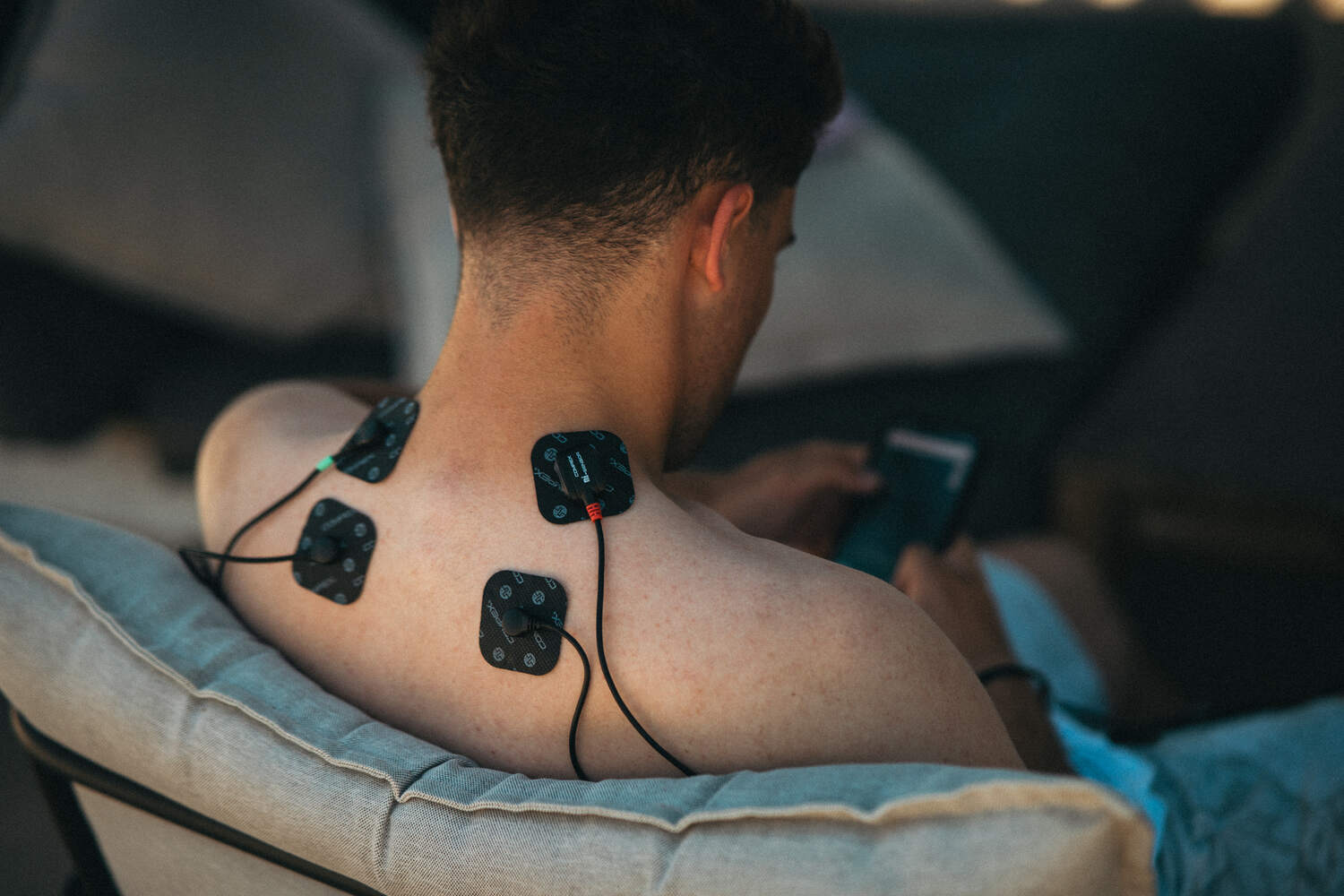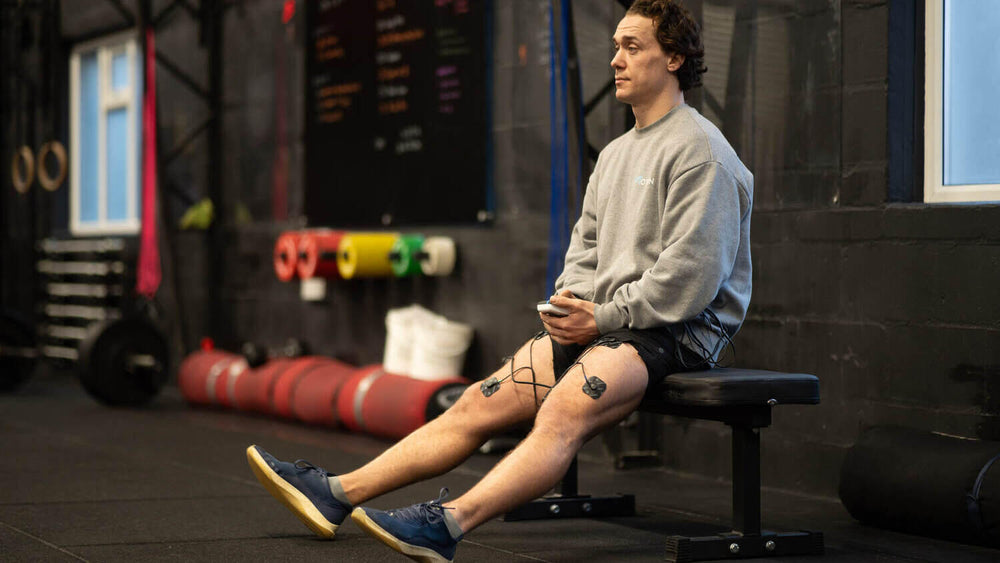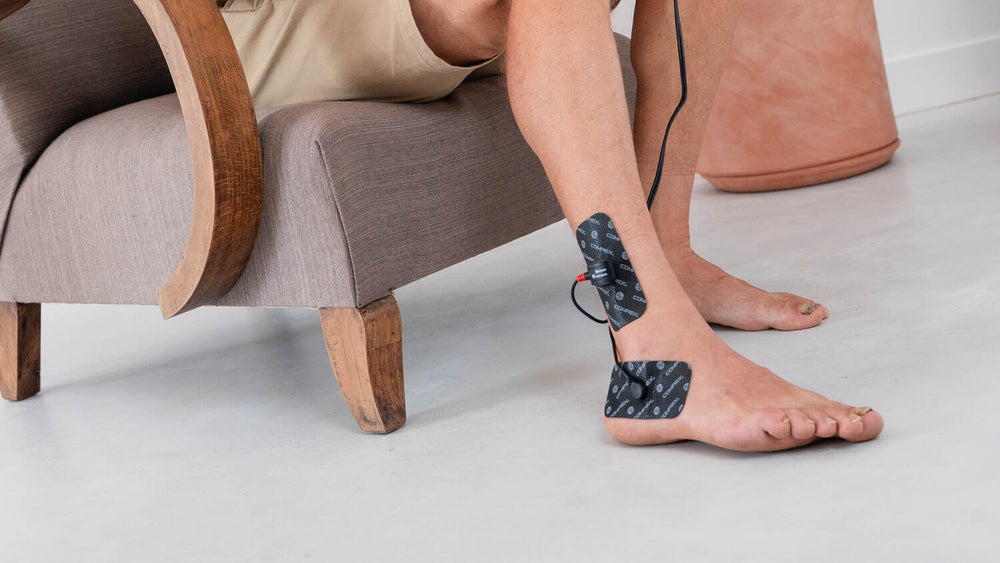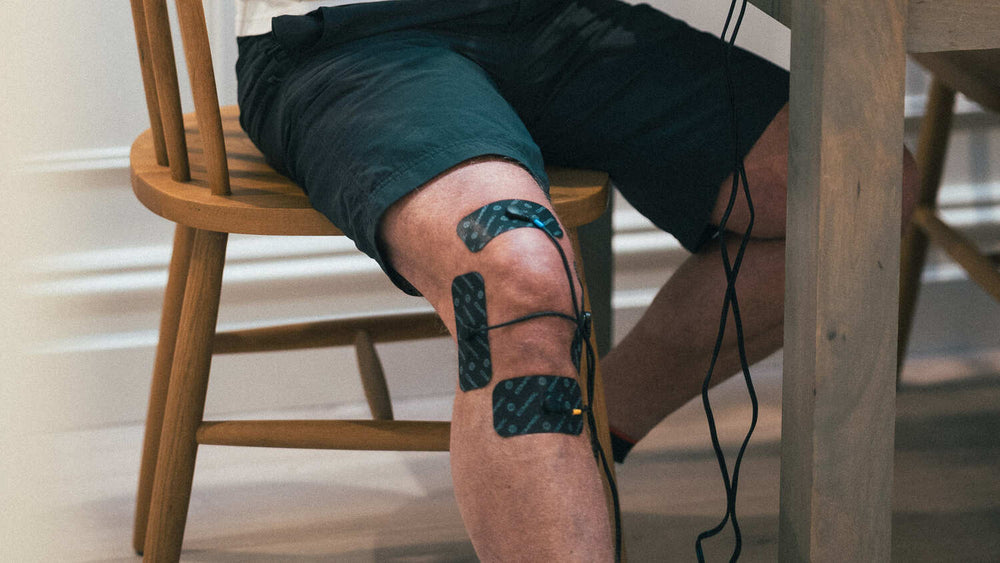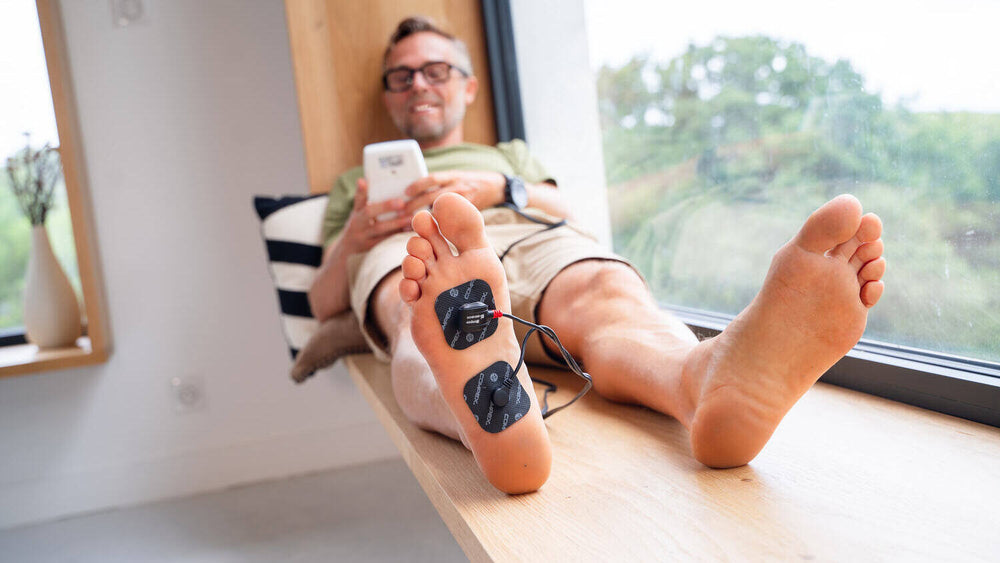Popular Products
COMPEX SP 4.0 EMS MUSCLE STIMULATOR WITH TENS
Technology: Wired
Muscle intelligence: MI-scan, MI-range, MI-tens
Web connection: No
Download objective: No
Upload remote history: No
Program categories: Conditioning, Fitness, Pain management, Recovery / Massage, Rehabilitation
# of programs: 30
# of channels: 4
Screen: Matrix monochrome
Power: 120 mA, 400 us, 150 Hz
Energy: Rechargeable battery in less than 4h30
- SP 4.0 EMS Muscle Stimulator Remote Control [qty: 1]
- 6P Snap Cables [qty: 4]
- Mi-Sensor [qty: 1]
- Charger [qty: 1]
- Snap electrodes 5x10 cm [qty: 4]
- Snap electrodes 5x5 cm [qty: 8]
- Transport case [qty: 1]
- Instruction manual [qty: 1]
Improves your performance and helps you recover faster.
Including all the features of SP 2.0, SP 4.0 also offers rehabilitation programs that can be helpful for athletes with frequent injuries who practice their activity 3 times per week.
Compare this to our other EMS muscle stimulators, learn more about training using a Compex device as well as bespoke training plans, and find out more about what electrical muscle stimulation (EMS) is.
Features
Categories & Programs/Settings
Download the Compex Coach App

How does Electrical Muscle Stimulation (EMS) work?
